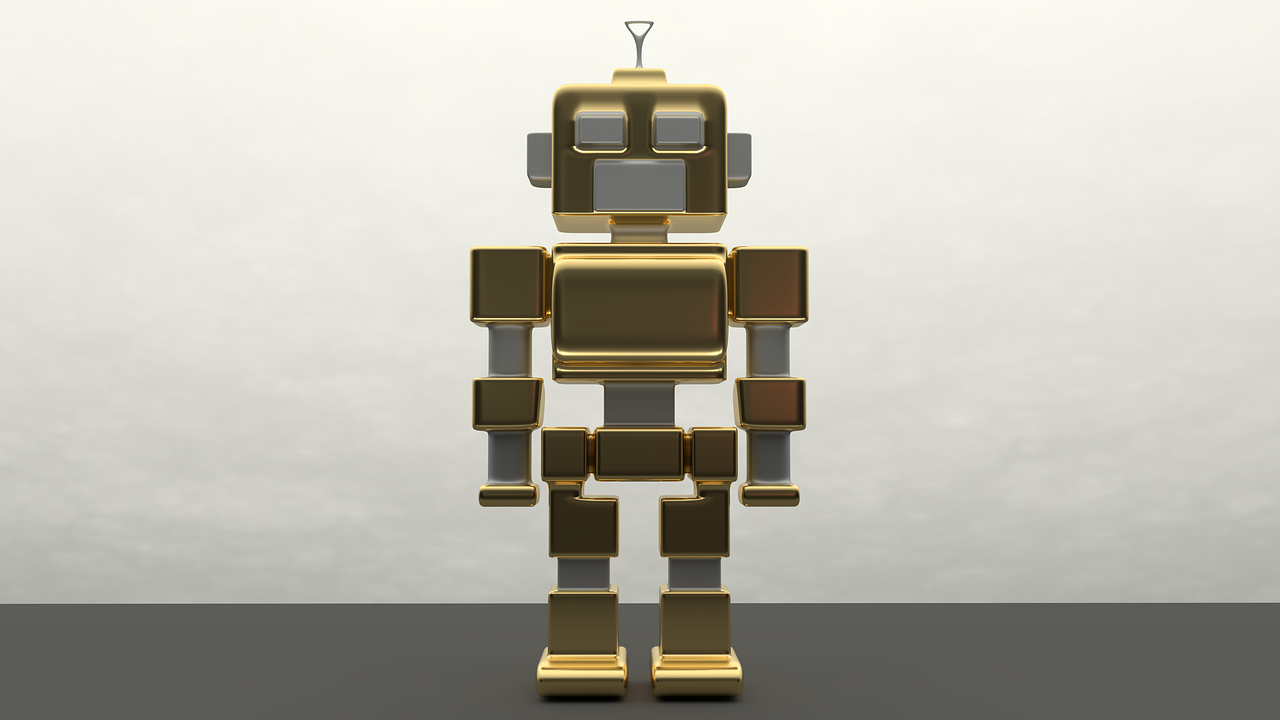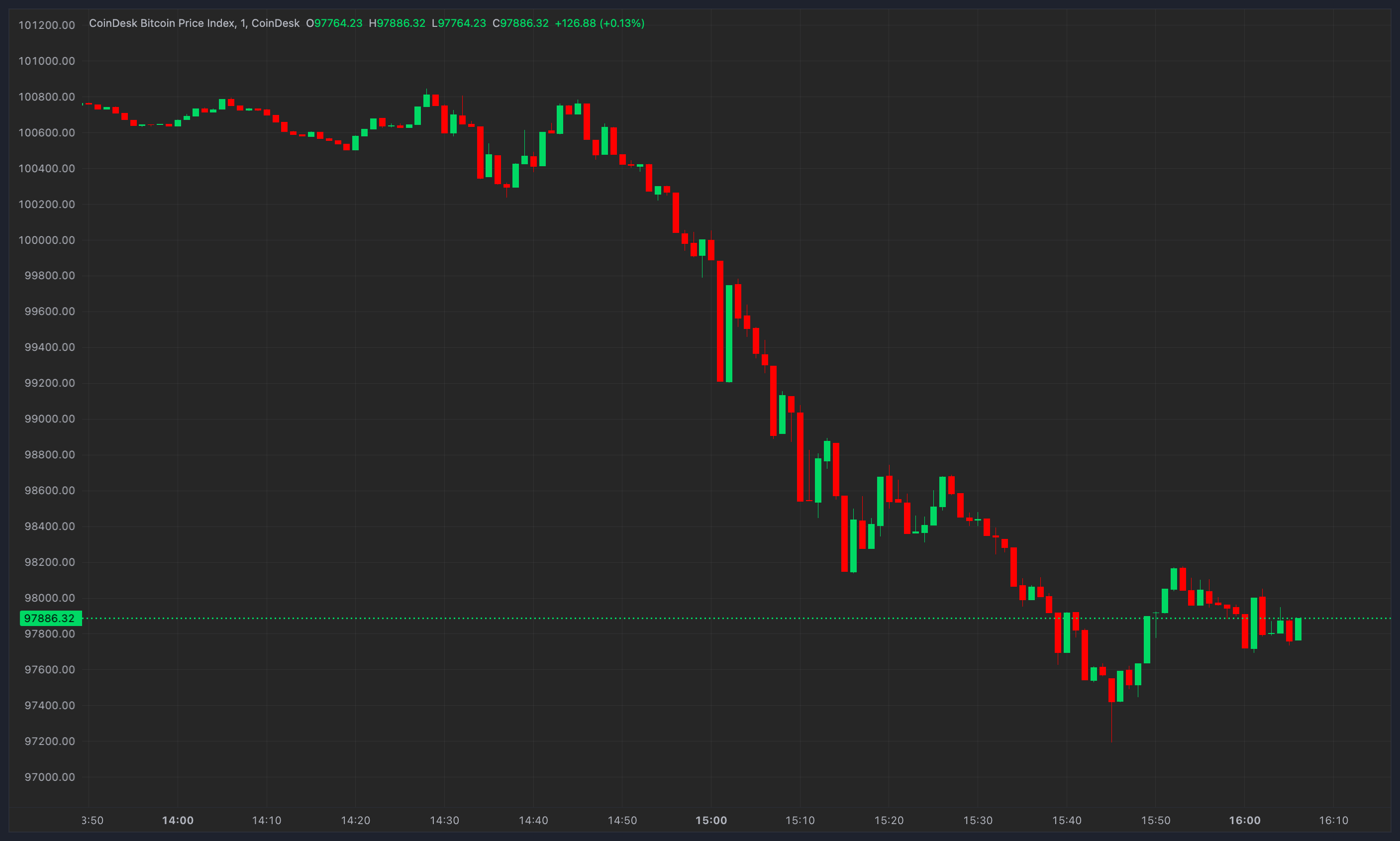Web3, cryptocurrencies, and NFTs are taking over the world.
The more they seep into the mainstream, the more Decentralized Autonomous Organizations (DAOs) will become important.
A key ethos in the crypto space is decentralization. Society has grown tired of the powerful keeping all the power to themselves.
Removing a central figure removes the opportunity for the misuse of power.
This is an issue that DAOs tackle.
So, more than ever, it’s important to know…What is a DAO?
What does DAO stand for and how is it pronounced?
First off, DAO stands for Decentralized Autonomous Organization.
DAO is pronounced DA-OW.
What is a DAO? 🤔
A DAO is a way for a web3, crypto, or NFT project to organize itself without the need for a company or individual to be in power, resulting in a completely decentralized organization.
Instead of asking a CEO to make decisions, a DAO will ask its members to vote on what will happen.
Stakeholders will own a token which will be the equivalent of one vote. If 1000 tokens are released and you own one token, you will then have a proportional 1/1000 of the voting power.
A DAO removes the need for a human at the end of decisions. Once the vote is complete and the stakeholders have selected a winner, there is no CEO that clears the decision.
Instead, the DAO’s smart contract will execute what it needs to do. Think of it as a refreshed, more democratic, digital-based way to run a company.
Do DAOs need humans at all? 🤖
A DAO needs humans to vote on proposals and, of course, it must be created by humans.
The developers who create it will set the parameters on which the DAO will begin to operate. These are things like the name, how many tokens will be released, etc.
Maybe the most important decision developers make, early on, is what voting mechanism the DAO will follow.
Currently, the most popular voting mechanism is token-based quorum voting. This requires a defined threshold of voters for a proposal to be passed (e.g. 70% of voting power must vote) then once the proposal is passed, the decision with the highest votes wins.
This is only one system of many, which is way beyond the scope of this article. But if you’re a nerd like me and want to read more, check out Eric Arsenault’s Medium article.
That being said, the DAO is not stuck the way the developers made it forever.
Stakeholders have the opportunity to vote on these issues and change them in the future. Once a DAO is fully up and running, the developers will have no power over the beast they created.
It’s kind of like Frankenstein and his monster but hopefully less scary.
Some DAOs, however, are set up as a hybrid organization.
They will get stakeholders to bring forward and vote on proposals, but they may still have a group of developers or admins that have an element of control over what happens.
This makes the DAO less decentralized.
The three steps when creating a DAO
Generally, DAOs follow three steps when being created:
1. Developers create rules…
Read More: web3.hashnode.com









 ARPA
ARPA  DeGate
DeGate  Ankr Staked ETH
Ankr Staked ETH  Alchemix
Alchemix  RabBitcoin
RabBitcoin  The Root Network
The Root Network  Shoggoth
Shoggoth  Flamingo Finance
Flamingo Finance  Dimitra
Dimitra  Clash of Lilliput
Clash of Lilliput  SX Network
SX Network  Marinade
Marinade  Memes AI
Memes AI  MATH
MATH  Foxy
Foxy  OMG Network
OMG Network  Aquarius
Aquarius  Metal Blockchain
Metal Blockchain  APX
APX  She Rises
She Rises  Bitgert
Bitgert  Frontier
Frontier  Sidus
Sidus  Impossible Finance Launchpad
Impossible Finance Launchpad  SaaSGo
SaaSGo  Shuffle
Shuffle  MemeFi
MemeFi  Artrade
Artrade  Hatom
Hatom  Star Atlas DAO
Star Atlas DAO  Gitcoin
Gitcoin  SuiAI
SuiAI  sUSDa
sUSDa  Prefrontal Cortex Convo Agent by Virtuals
Prefrontal Cortex Convo Agent by Virtuals  ThunderCore
ThunderCore  Wanchain
Wanchain  Lingo
Lingo  Spectra
Spectra  Quantum Resistant Ledger
Quantum Resistant Ledger  HOPR
HOPR  Firmachain
Firmachain  SuiNS Token
SuiNS Token  Agoric
Agoric  Urolithin A
Urolithin A  Strike
Strike